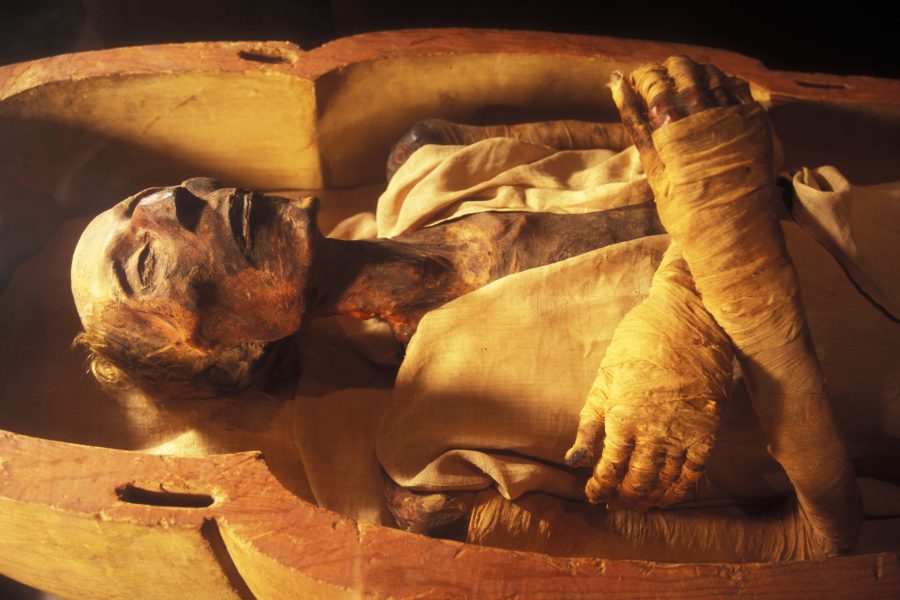Two mummies that were thought to be related (brothers) have a new turn on their story thanks to the investigations of the Ph.D. candidate Konstantina Drosou, Dr. Campbell Price (Egyptologist) and Prof. Terence Brown.
They have discovered the discrepancy between the Y chromosome sequences, to ancient DNA sequencing, as explained in the Journal of Archaeological Science: Reports.


The half-brothers’ identities and background uncovered
As an introduction to their report, Drosou explains that the discovery of these two mummies took place back in 1907 when Egyptologist Flinders Petrie and the archeologist Ernest Mackay led a group of workmen to the coffins.
According to the research, the coffins suggested the relationship between the mummies due to their names (Nakht-Ankh and Khnum-Nakht), the fact that they were buried together, something not common at all between the elite men buried in pharaonic tombs. The study depicts the half-brothers as elite men of noble lineage, based on the location of their tomb (Deir Rifeh Cemetery) and the inscription on their coffins.
The study says the half-brothers were 20 years apart, each one the son of a local governor, but their anatomy was remarkably different.
“It is impossible to convince oneself that they belong to the same race, far less to the same family,” anthropologist Margaret Murray said referring to the case, according to The Washington Post.
Looking for answers in their teeth
When the investigation started, they noticed Khnum-Nakht, being the younger but dying first, was wrapped with less care than his half-brother, which according to the study it could suggest a sudden and unprepared death.
Two teeth were removed from Nakht-Ankh and three from Khnum-Nakht (the third one due to his inferior quality of preservation) to extract DNA, which was the evidence for their age gap. Then the extraction moved onto the mitochondria, which has its own DNA inherited from mothers because of egg cells, having a concordance, while the Y chromosomes proceeding from the father were the final statement for the discrepancy. Ultimately, they found that the two brothers had the same mother but a different father.
Drosou opens a discussion at the end of her investigation, beginning with the fact that the name of the mother was clearly written in the inscription of the coffins (Khnum-Aa), while the father’s name is just mentioned as a figure.
She then proceeds to take a look at the social structure that could “perhaps” set the woman in a higher place due to her high status, even because women could have more than one partner (not simultaneously) and even get a divorce. In the end, she cites the “individual rights determined by social class rather than gender” while quoting Gay Robins in her study about Woman in Ancient Egypt (1993).
Source: The Washington Post
